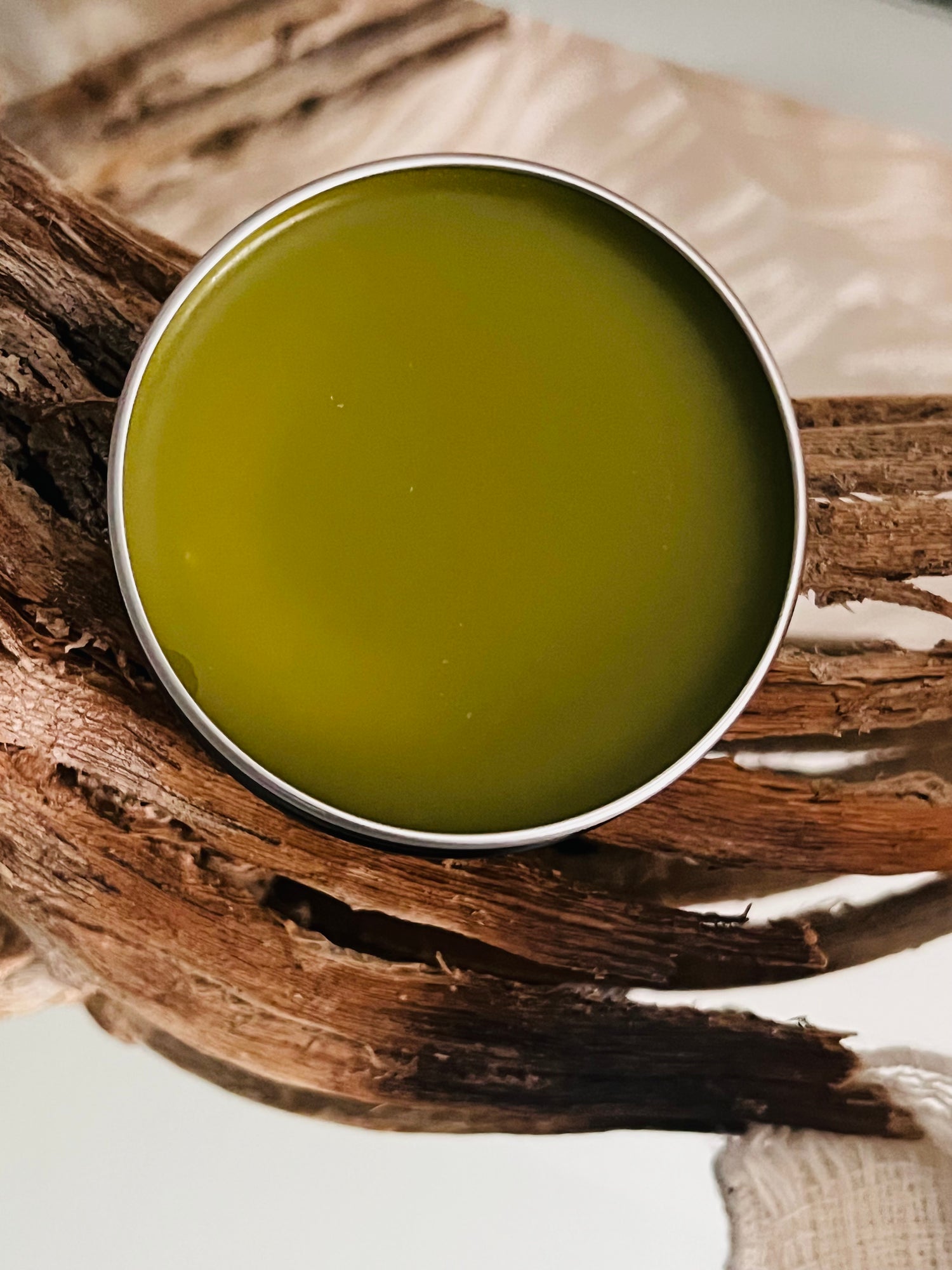
Today were going to be jumping into the world of hydrosols and what they are and what they aren't.
Let's start with the basics. What is a hydrosol?
A hydrosol is made by distilling fresh or dried plant material with water, and what's collected is the water-soluble components of the plant which include minute amounts of essential oils.
Hydrosols have a beautiful softer scent when compared to essential oils. They are far less concentrated, and safer for use on the skin, hair, anywhere.
Hydrosols are like a plant based natural toner without any of the harsh drying effects of a toner. They will make your skin soft, supple, and refreshed. You don't have to rub them in or dry them from your skin, just spray and let dry on its own. A great way to use them is the first step in your skincare routine after you've washed your face. Spray and then rub your serum or moisturizer directly into the wet hydrosol. This will help the hydrosol penetrate more deeply into the skin.
Hydrosols are typically made through steam distillation; they can be made using a copper or stainless-steel distiller. They can even be made at home in a pot on the stove. It seems copper is the material of choice when making a hydrosol this is due to the heat conductivity of the copper, and the properties of copper itself. It produces a more well-rounded scent in the hydrosol, whereas stainless steel works just fine but the scent can have a more metallic scent to it and may require a short time of sitting. No matter which way you make a hydrosol they equally have the same benefits. (What is hydrosol & how to use it safely | aromatics.com – Aromatics International) Great website going more in depth.
Hydrosols work by collecting the steam that collects from steaming the whole plant in fresh water. The heat and water open the oil sacs inside the plant which contain natural oils among many other constituents of the plant, they also contain parts of the aromatic portions of the plants.

The nice thing with hydrosols is that you have the option to use dried plants or fresh plants. Fresh is always going to be the better option, but in the event you dont have access to fresh plants then double your amount of dried herbs to the amount of fresh plant material you would have used and let them soak in your fresh water for about an hour then you're ready to go. You also dont need to completely submerge the plant material in water just enough water so that they're covered but not completely will suffice.
Hydrosols have many uses. You can use them on your scalp, on your face. They are safer than their essential oil counterparts due to not having a concentrated amount of any essential oils or plant constituents.
Our favorite way to use them is of course in our skincare. Using them on a freshly cleansed face is amazing and will be a game changer for your skincare routine. This is a way to impart moisture without damaging the protective barrier of the skin.

One aspect that I love about hydrosols, is that the whole plant is being used to make the hydrosol. With essential oils, a small, teeny tiny portion of the essential oil is available in the plant, so the rest of the water-soluble constituents are being wasted. The multibillion-dollar Essential oil industry just doesn't sit well with me when I think about the tons of wasted plant material to collect such a small amount of essential oils. Which really aren't oils at all. Essential oils contain just the aromatics of the plant which are really the plants defense against bugs and pests. That doesn't sound too beneficial to be putting on your skin. All the other wonderful benefits from the plant are being lost when you isolate a very small portion of the plant for the sake of aromatics.
Using hydrosols in a sense is a more responsible way to get the plant benefits without damaging the environment or your skin.
You can find hydrosols virtually everywhere. Especially on Etsy. We make our own hydrosols here in our own home. Without any fancy equipment. We prefer to make them with fresh plant material from our property. You can make your own hyrdosol at home if you want! Using whatever plant material, you have around your property. There's lots of information on YouTube. It's easier than you think. And at the end you will have a natural hydrating, fresh, clean toner for your skin. What we love about hydrosols is that you can't really overdo it. You could spray your whole body and house with it and it would still be safe, and non-irritating. A lot of people use them as linen sprays, but we don't. They are fragrant enough to have lasting fragrance.
If you want to make your own hydrosol here is a great video for beginners! (2) How to Make a Hydrosol at Home | No Special Equipment Needed - YouTube
I am not that great at writing blogs just so you know, but I am working on it! I want to try and have all the information available to people who come to my site, that way they can make an informed decision about what products they want to use or not use.


